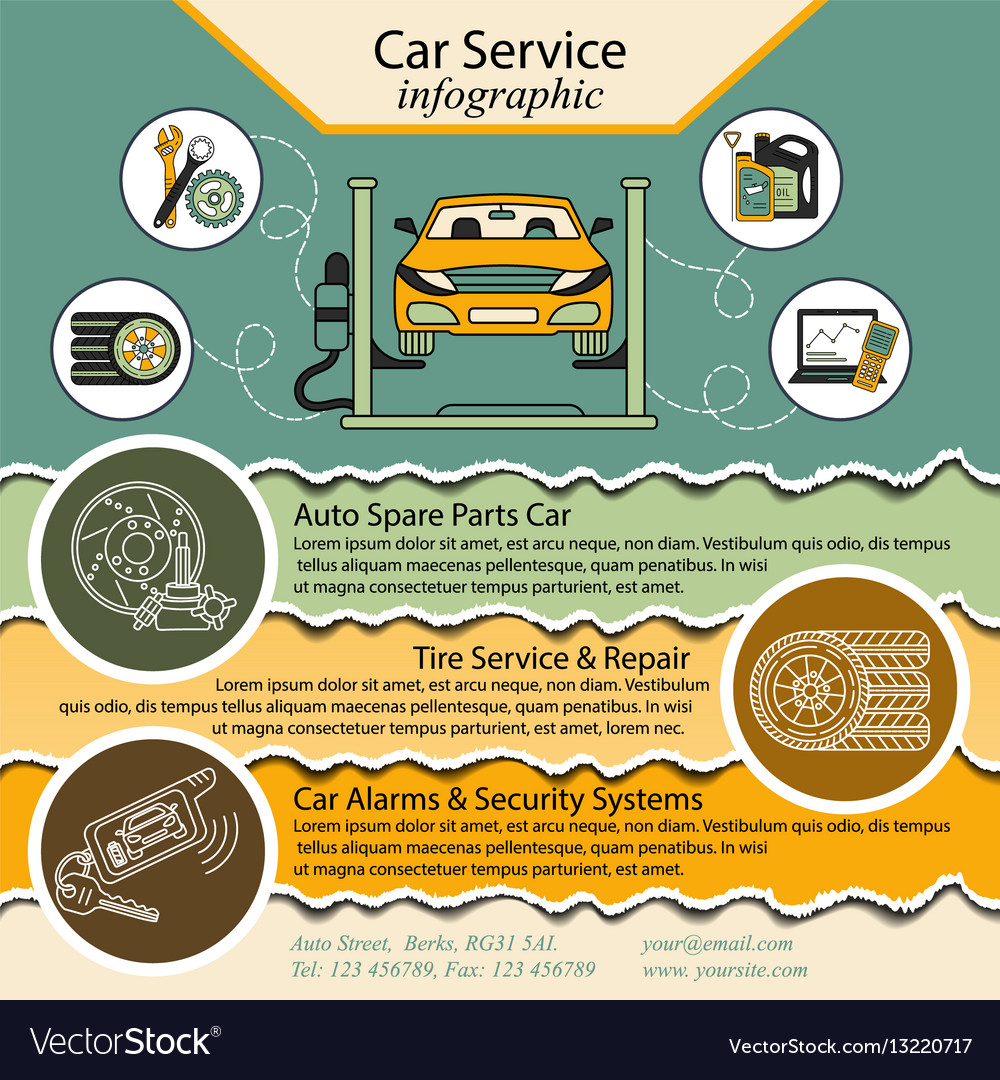Comprehending The Meaning Behind Your Automobile'S Caution Lighting: A Comprehensive Appearance
Comprehending The Meaning Behind Your Automobile'S Caution Lighting: A Comprehensive Appearance
Blog Article
Short Article Created By-Lauritsen Shepherd
When you're behind the wheel, those radiant warning lights on your control panel can be a bit complicated. Do you understand what they're trying to inform you regarding your car's health? Understanding the value of these lights is essential for your safety and security and the longevity of your car. So, the following time among those lights turns up, would not you intend to analyze its message properly and take the necessary actions to resolve it?
Common Caution Lighting and Interpretations
Recognize typical warning lights in your cars and truck and comprehend their meanings to ensure safe driving.
One of the most normal warning lights consist of the check engine light, which indicates concerns with the engine or emissions system. If this light begins, it's important to have your lorry inspected quickly.
The oil stress warning light shows reduced oil pressure, calling for prompt interest to avoid engine damage.
just click the up coming website blinking battery light might suggest a damaged charging system, potentially leaving you stranded if not dealt with.
The tire stress tracking system (TPMS) light alerts you to reduced tire pressure, influencing vehicle security and fuel effectiveness. Overlooking this could lead to risky driving problems.
The abdominal muscle light indicates a problem with the anti-lock stopping system, jeopardizing your capacity to stop swiftly in emergency situations.
Lastly, the coolant temperature level warning light warns of engine overheating, which can result in extreme damages otherwise resolved swiftly.
Recognizing these typical warning lights will certainly aid you resolve issues immediately and preserve risk-free driving conditions.
Value of Prompt Interest
Understanding the usual caution lights in your auto is just the very first step; the value of quickly attending to these warnings can't be highlighted enough to ensure your security when driving.
When a caution light brightens on your dashboard, it's your cars and truck's way of communicating a potential concern that needs focus. Disregarding these warnings can bring about much more extreme issues down the road, jeopardizing your safety and security and possibly costing you more in repairs.
Prompt focus to advising lights can stop failures and crashes. As an example, a blinking check engine light might suggest a misfire that, if left ignored, might cause damages to the catalytic converter. Resolving this promptly can conserve you from a pricey fixing.
In a similar way, a brake system alerting light may indicate low brake fluid or worn brake pads, important parts for your safety when driving.
DIY Troubleshooting Tips
If you see a caution light on your control panel, there are a couple of do it yourself troubleshooting suggestions you can attempt before looking for specialist aid.
just click the up coming internet site is to consult your cars and truck's manual to recognize what the particular caution light suggests. In some cases the problem can be as simple as a loose gas cap activating the check engine light. Tightening the gas cap may deal with the trouble.
Another common problem is a reduced battery, which can set off numerous cautioning lights. Examining the battery connections for deterioration and guaranteeing they're secure might deal with the trouble.
If a caution light persists, you can attempt resetting it by disconnecting the auto's battery for a couple of mins and then reconnecting it. Furthermore, inspecting your vehicle's fluid degrees, such as oil, coolant, and brake fluid, can help troubleshoot cautioning lights associated with these systems.
Conclusion
In conclusion, understanding your vehicle's caution lights is essential for keeping your car running smoothly and safely. By immediately resolving these signals and recognizing what they suggest, you can prevent costly fixings and potential breakdowns.
Remember to consult your vehicle's guidebook for particular details on each cautioning light and act accordingly to make sure a hassle-free driving experience.
Remain informed, stay secure when driving!
